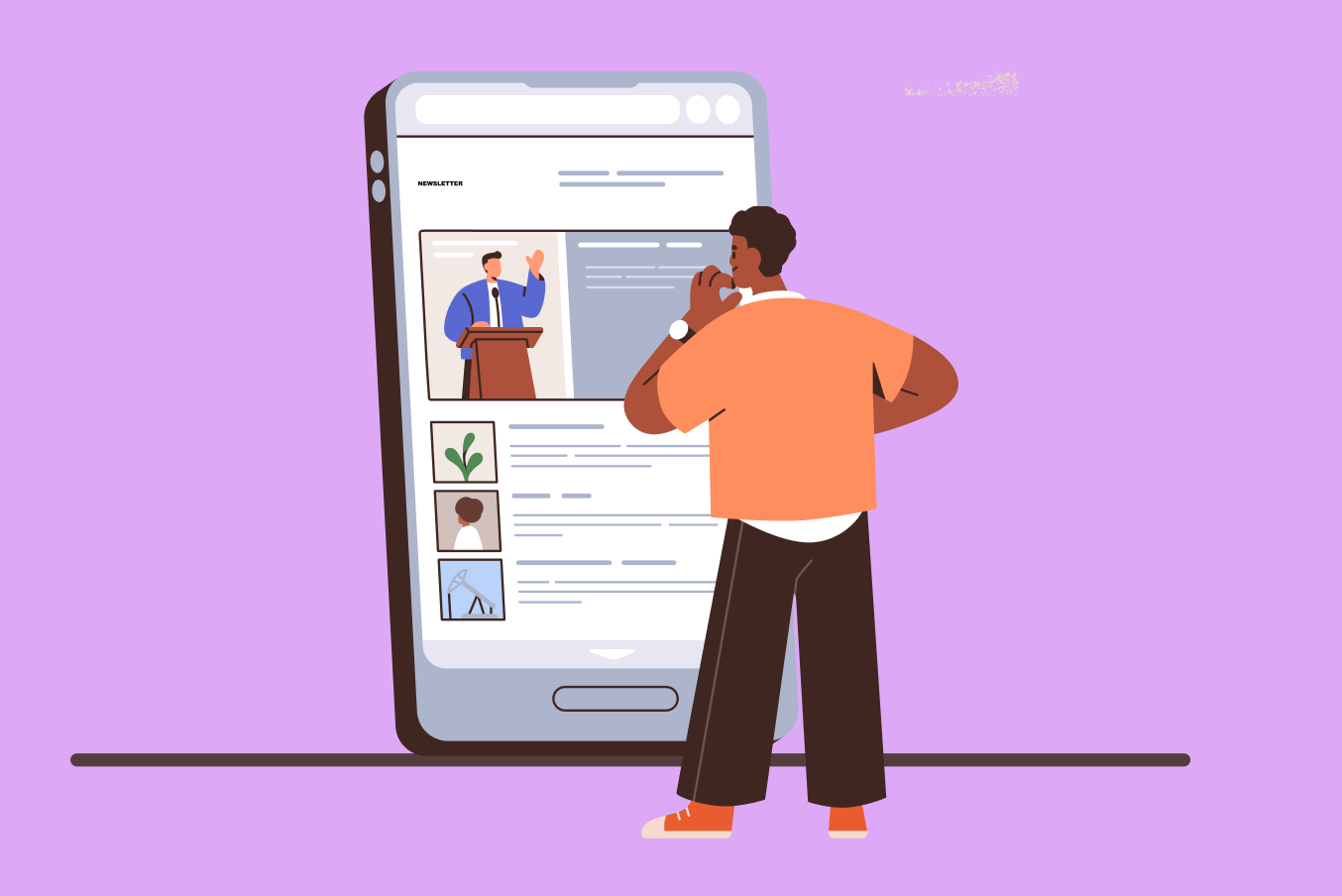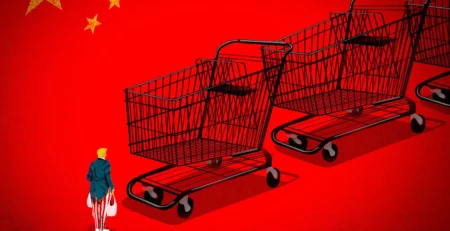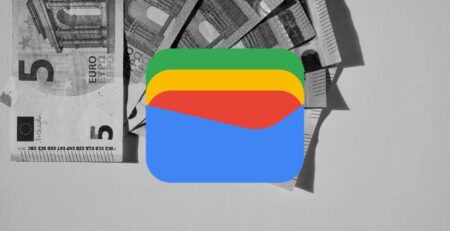Marketing newsletters are useful tools for businesses. However, many newsletters attempt to do too much. They integrate product announcements, event invitations, and miscellaneous blog entries into one email. This can affect the authenticity of your business and make it look more informal. Each email should have a single, concise message.
Newsletters need to be no different. Readers need to understand the publication’s goal quickly. It should offer something unique that other marketing platforms cannot offer. But are newsletters even relevant today? Let’s explore how newsletters are an important component in marketing.
Table of Contents
What Are Marketing Newsletters?
A marketing newsletter is like a digital letter. Businesses send it to those who want to hear from them. It’s a way to share information, updates, and special offers.
Newsletters help businesses stay connected with their customers. They can inform people about new things, share useful tips, or offer special deals. It’s like communicating with clients via email.
Therefore, a marketing newsletter is a useful tool for businesses to reach out to their target audience and build a strong relationship.
Why Are Marketing Newsletters Important for Business?
Marketing newsletters are essential for building strong customer relationships and driving business growth. Let’s dive deep into its potential upsides for business:
Build Stronger Relationships
Newsletters foster a personal connection with customers. Regular communication builds trust and loyalty. By encouraging interaction, businesses can create a sense of community around their brand. This strong bond can cause repeat customers and positive word-of-mouth.
Improve Brand Recognition
Consistent newsletters keep your business in clients’ minds. Sharing content on social media can expand your reach. A consistent brand message across all channels improves brand popularity. Normal exposure allows you to establish your brand as an established and trusted choice.
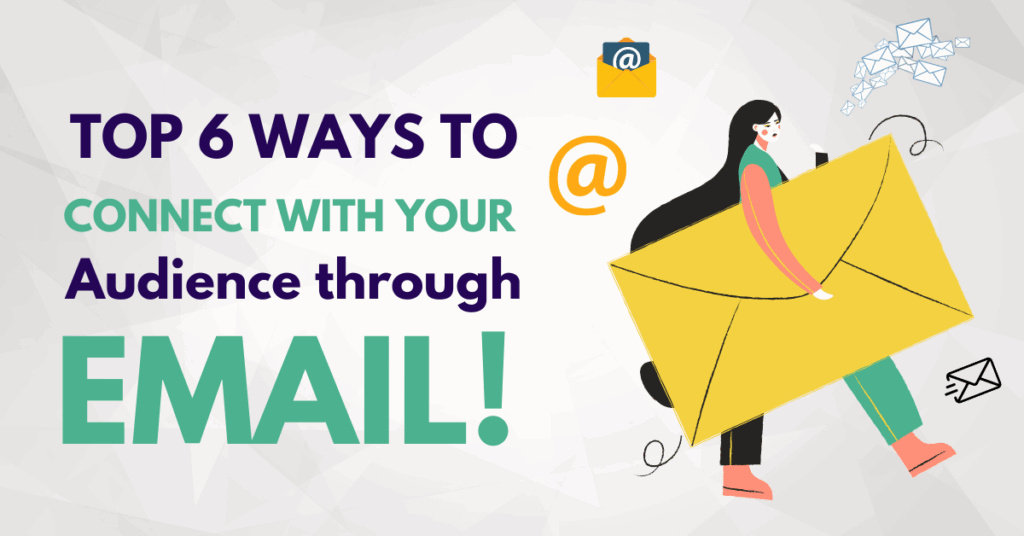
Drive Conversions
Newsletters are an instantaneous channel to promote merchandise and offers. Unique offers can trap clients into making purchases. An attractive call to action guides readers towards desired actions, including buying or signing up. By strategically highlighting products and creating a sense of urgency, newsletters can appreciably improve sales.
Generate Valuable Insights
Tracking email metrics offers insights into customer behavior. Analyzing open rates, click-throughs, and unsubscribes helps perceive customer preferences. This record allows for targeted campaigns and content optimization, leading to better engagement and results.
Set Up Authority
Sharing expertise establishes your company as a market leader. Regular posting of superior content increases trust and reliability. By providing insights and solutions, you can set up your business as a reliable resource, attracting potential customers and partners.
Improve Customer Retention
Tailored content primarily based on client preferences strengthens relationships. Providing helpful resources and support demonstrates care for customers. Loyalty programs reward repeat business and encourage continued engagement. By focusing on consumer satisfaction, newsletters can reduce churn and increase customer lifetime value.
Increase Website Traffic
Linking to website content drives traffic for your online systems. Advanced search engine visibility can result from increased website visitors. Sharing blog posts and different valuable content amplifies its reach and draws potential customers. Through directing visitors to your website, newsletters contribute to typical online visibility and lead generation.
Types of Marketing Newsletters
There are many different kinds of marketing newsletters. Everyone has a specific purpose and can be used in different ways. Let’s explore a few common types.
Product Update Newsletters
These newsletters are all about sharing state-of-the-art information about your products. Perhaps you’ve released a brand new feature, improved an existing product, or have a sale coming up. This kind of newsletter is remarkable for keeping your audience excited about what your company offers. For example, a tech company may send out a newsletter about a new software program update, highlighting its advantages and encouraging the brand’s audience to try it out.
Industry News Newsletters
This kind of newsletter focuses on sharing news and trends in your industry. It shows your audience that you’re informed. By offering valuable information, you position your business as an expert in the field. A fashion brand, for instance, should share modern-day trends, runway shows, or fashion designer interviews.
Company Culture Newsletters
Want to stay up-to-date on your company’s personality? A company culture newsletter is best for that. Share behind-the-scenes stories, employee spotlights, or company events. This form of newsletter makes your company feel more human. A tech startup may share up-to-date information about team-building activities, employee achievements, or workplace culture.
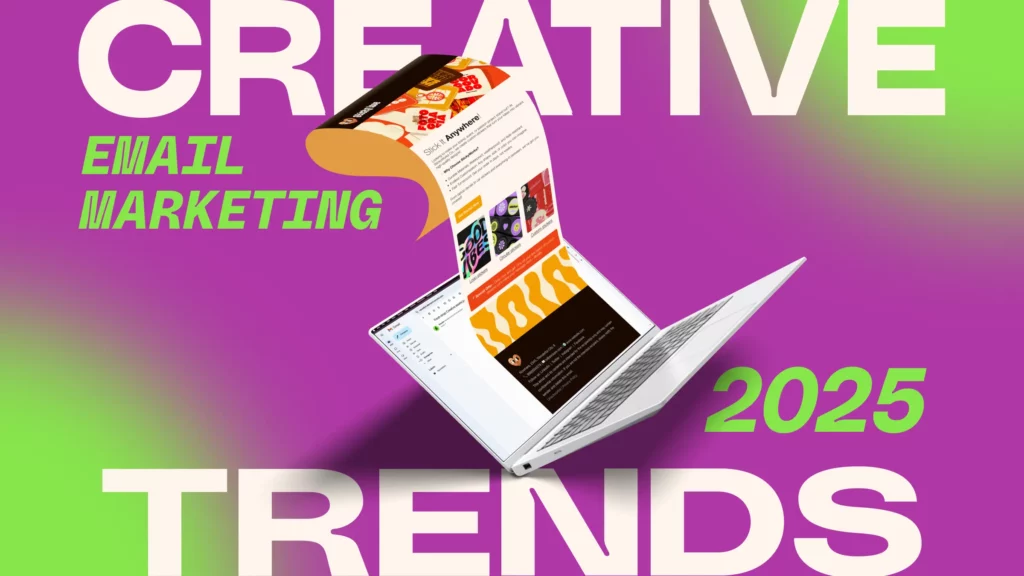
Promotional Newsletters
Product update newsletters are like telling your friends about cool new things your company has made. You could talk about new features, better stuff, or special prices. This helps people like your company more. For instance, a tech company can tell people about a new software program update and why it’s awesome. They can explain how it works and why people should use it.
These newsletters are like showing off your company’s new toys. You need people to be excited about what you’ve done. It is like saying, “Hey, look at this cool thing we made!” and hoping your friends will like it.
Instructional Newsletters
These newsletters aim to educate your target audience about a specific update to your business. You may share tips, recommendations, or how-to guides. This type of newsletter positions your business as a useful resource and builds trust among your target market. A fitness company would possibly send out a newsletter with workout tips, nutrition recommendations, or mental fitness guides.
Best Examples of Marketing Newsletters 2024
Newsletters are more than simply emails; they are storytellers, product showcases, and community builders.
Airbnb: The Art of Storytelling
Airbnb does not just send emails; they weave stories. Their newsletters are like digital tour magazines, filled with beautiful pictures and captivating stories. Instead of listing places to stay, they invite you on an adventure. You can nearly smell the ocean breeze or experience the mountain air while reading their emails. This makes people dream about their next adventure and, importantly, book their next stay on Airbnb.
Apple: Simplicity Is Key
Apple’s newsletters are like unwrapping a superbly designed gift. They focus on one thing at a time: a new product. No clutter, just smooth lines and clean information. Big, beautiful pictures show off the product, and easy words explain what it does. This makes people excited about the new thing and eager to learn more.
Salesforce: The Energy of Partnership
Salesforce would not just talk about its own products; they display how their tools work with others. Their newsletters are like behind-the-scenes looks at how big companies work together. When you see Salesforce working well with other famous brands, it makes you think they should be really good at what they do. This builds trust and makes people consider using Salesforce for their business.
Spotify: Music and Magic
Spotify turns listening to music into a game. Their newsletters are like a treasure hunt for brand new songs. They recommend playlists depending on your preferences, inquire about your favorite musicians, and introduce you to new music. This makes using Spotify feel like an enjoyable excursion rather than just a way to listen to music.
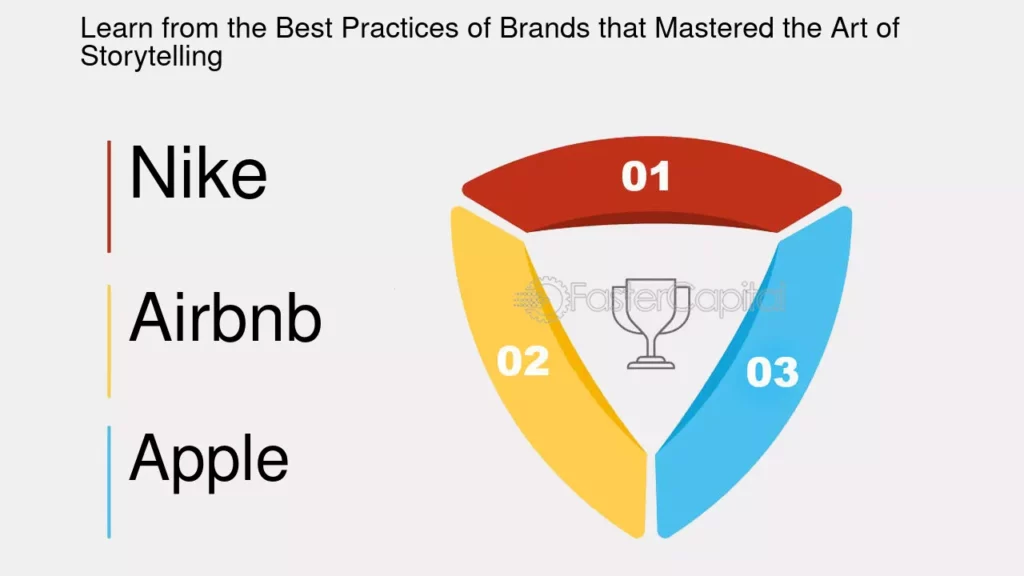
Sephora: The Fun of the Deal
Sephora knows how to make people shop for their product. Their newsletters are like a secret club for beauty fans. They provide limited-time deals and personalized discounts. It is like you’re getting exclusive access to the best beauty products. This creates a sense of urgency and makes people want to buy right away.
These companies have mastered the artwork for the newsletter. They remember the fact that it is no longer pretty much sending information; it is about creating an experience. They know how to connect with their target audience, tell a story, and drive action. By gaining knowledge from these examples, we can create newsletters that are enticing, informative, and effective.
Elevate Your Email Marketing
Newsletters are powerful tools for businesses. By understanding different types, learning from successful examples, and focusing on your audience, you can create newsletters that build relationships, boost sales, and grow your business. Remember, the key to a great newsletter is to provide value, tell a story, and make people care.
We’d love to help you on your email marketing journey as well. Reach out today for a personalized roadmap to meet all your marketing needs!
For more similar blogs, visit EvolveDash today!
FAQs
1. How often should a business send marketing newsletters?
It depends on your audience and content. Weekly or biweekly newsletters keep engagement high, while monthly newsletters work well for in-depth updates.
2. What is the best email marketing tool for newsletters?
Popular tools include Mailchimp, HubSpot, and ConvertKit. Each offers different features for automation, personalization, and analytics.
3. How can I grow my newsletter subscriber list?
Offer valuable content, use sign-up incentives like discounts or free resources, and promote your newsletter on social media and your website.
4. What is a good subject line for a marketing newsletter?
Keep it short, clear, and engaging. Use curiosity, urgency, or personalization, like “Exclusive Deal for You” or “5 Tips to Boost Sales Today.”
5. How do I measure the success of my marketing newsletter?
Track open rates, click-through rates, conversions, and unsubscribe rates. A/B testing helps optimize your content for better engagement.
